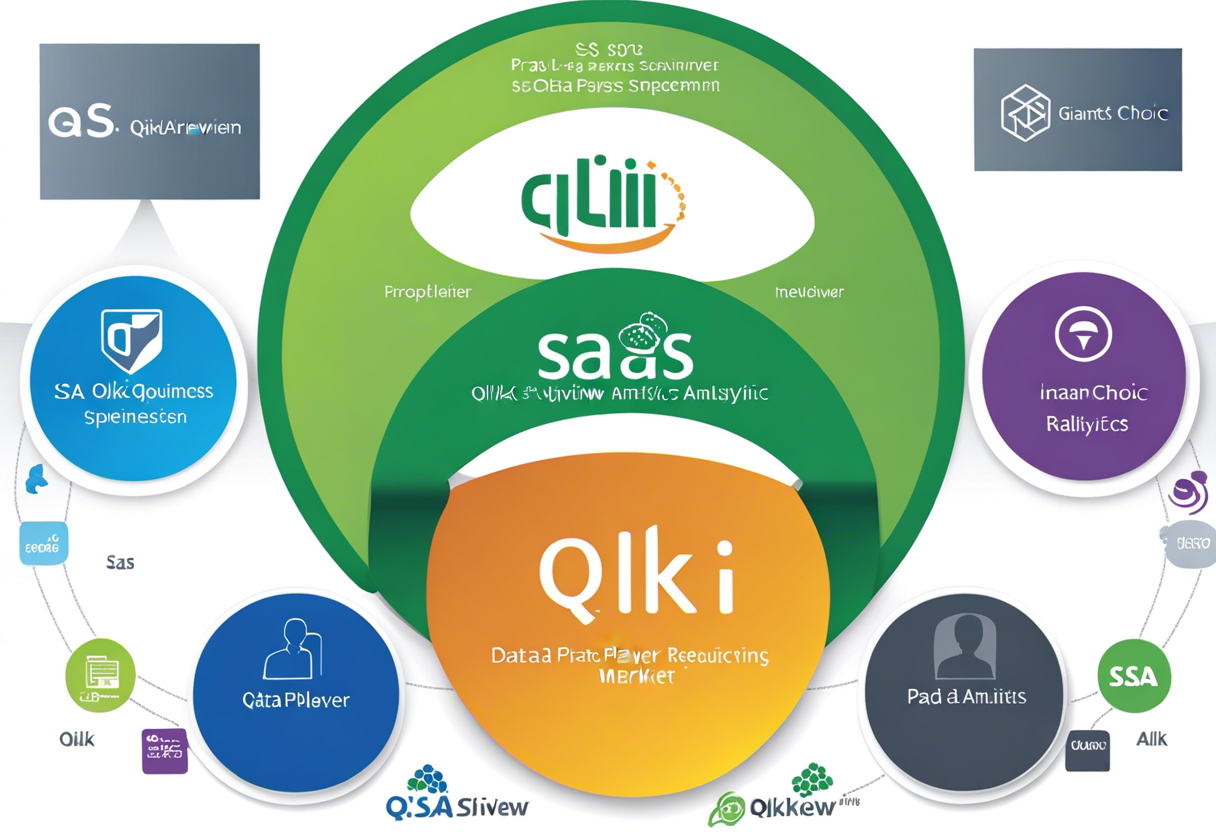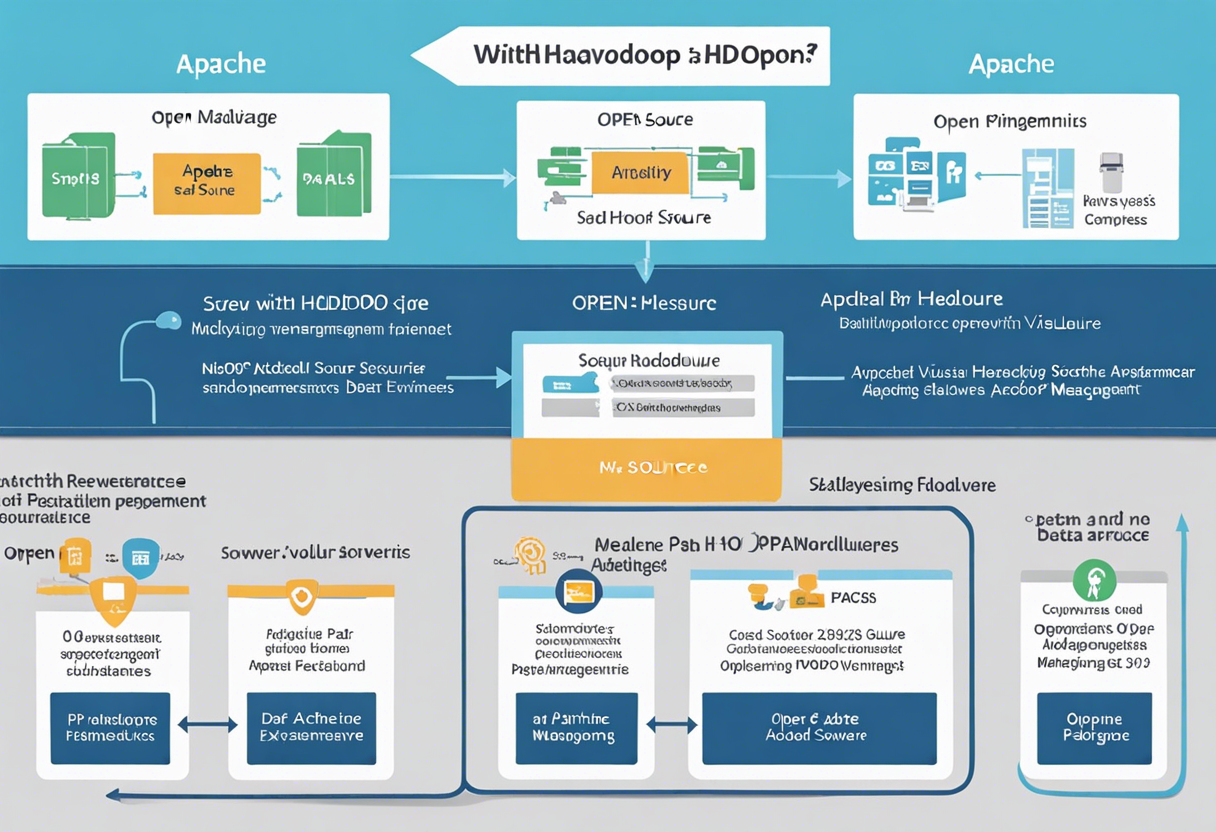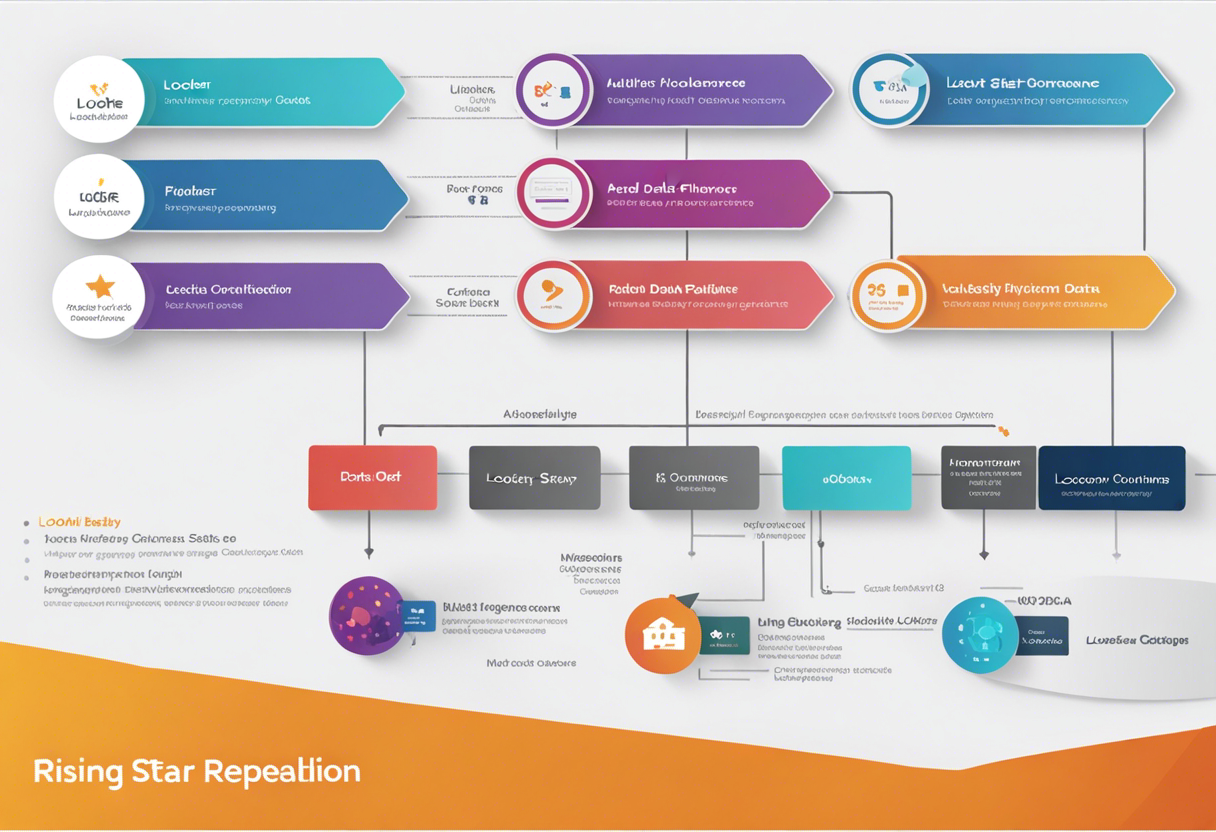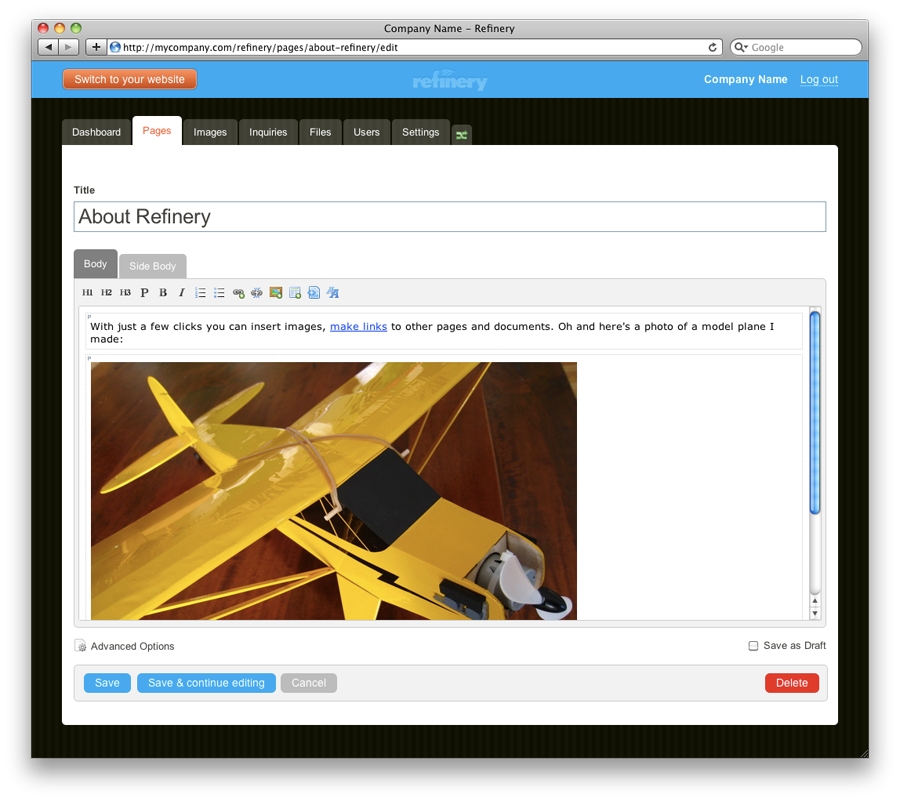Demystifying the Intricacies: A Guide to the Top Five Data Analytics Platforms for Enhancing Decision-making Processes
Unveiling the remarkable Microsoft Power BI, a data analytics platform designed to facilitate insightful business decisions through an intuitive interface. Microsoft Power BI is favored by professionals for its seamless compatibility with other Microsoft products and extensive AI capabilities. Incorporating Power BI into an organization's data analytics suite can deeply enhance the decision-making process by ensuring quick access to real-time data.
Strikingly, the Power BI platform offers embedded analytics, allowing users to insert interactive data visuals into applications, portals, or websites. Businesses with a penchant for DIY setups can leverage the platform's easy setup and configuration. Furthermore, Power BI takes data protection seriously with row-level security, on-premises solutions, and data sensitivity labels.
Power BI proves to be a dynamic tool compatible with various data connectors and platforms. Its storytelling features empower users to translate data into compelling narratives, thus selling ideas more effectively. Therefore, opting for Power BI simplifies data evaluation and strategic planning procedures.
Virtually Agile – Tableau

With Tableau, businesses can draw from data in real-time, facilitating tangible business decisions. Known for its robust visualization abilities, Tableau transforms raw data into easily comprehensible graphics - a key feature contributing to its popularity amongst executives and analysts alike.
Tableau's innovative drag-and-drop functionality adds to its user-friendly appeal. It permits novice users to analyze data in a complex manner without technical help, making it an effective self-service tool. Mobile compatibility is another advantageous aspect of Tableau, alleviating hinders caused by location-dependency.
Moreover, Tableau's collaboration features allow for strong team coherence, making data sharing among members efficient and hassle-free. With its user management and data-level security features, Tableau sets industry standards in data protection, making it a reliable choice for businesses.
Google’s Data Beast – Google Data Studio

Google Data Studio is a comprehensive data visualization platform, unparalleled in its ability to directly link with Google's range of digital platforms. Automated updates from Google products such as Google Ads, Analytics, Google Sheets, and YouTube bring real-time, actionable insight to business fingertips.
Data Studio's intuitive dashboard makes for easy navigation and exploration. It merges data from various Google sources, transforming it into interactive, easy-to-read reports. This interoperability aids in data analytics, allowing the stitching of multiple data sets into cohesive insights.
Data Studio's exceptional ability to leverage machine learning ensures accurate forecasting. Customization options in report design make it easier for companies to narrate their data story in alignment with brand aesthetics. As a result, Google Data Studio proves to be a formidable condidate in data analytics platforms.
The Giants Duet – SAS and QlikView

Two big players in the data analytics market that deserve a special mention are SAS and QlikView. SAS stands out with its advanced predictive analytics and machine learning capabilities. The platform expertly manages extensive data analytics needs, serving diverse sectors including health, banking, and government organizations.
QlikView, on the other hand, is lauded for its associative data modeling. With QlikView, businesses can create interactive, guided analytics applications and dashboards. Its unique data discovery method enables users to uncover unexpected insights, proving to be an intellectual asset to businesses.
While SAS’s powerful analytics easily manage large data volumes, it calls for significant technical expertise for execution. QlikView's user-driven data exploration, on the other hand, facilitates in-depth comprehension without external technical assistance. Here, both serve distinctive roles, emphasizing the importance of aligning business requirements with platform choice.
Analyzing with Open Source: Apache Hadoop

Apache Hadoop stands as a robust open-source software offering for data management. Recognized for its ability to process large data sets across clusters of computers, it's a go-to for companies managing extensive data volumes.
Hadoop offers a resilient network that allows continuous service even in case of node failures, which supports data reliability. Its distributed computing model swiftly completes tasks by deploying multiple tasks on multiple nodes simultaneously.
Though Hadoop may lack in visual appeal and user-friendliness compared to other platforms, it excels in advanced analytics capabilities. The platform triumphs in handling unstructured data and supports multiple data types, which culminates into a versatile data analytics aid.
Rising Star: Looker

Looker is a modern data platform that offers powerful exploration and discovery features. Standing apart with its model-driven architecture, Looker validates data outcomes, ensuring data reliability.
Access to real-time data, broad connectivity, and customization stand crucial in Looker's appeal. Application integration is smooth with Looker since it supports multiple programming languages. Subsequently, it enables businesses to evolve at their pace, presenting a modern solution to data analytics needs.
Notably, Looker also offers strong data governance controls. Data permissions and protected information fields facilitate secure data management. Through Looker's insightful data analytics tools, businesses can arrive at enhanced strategic decisions, reflecting Looker's efficiency.







